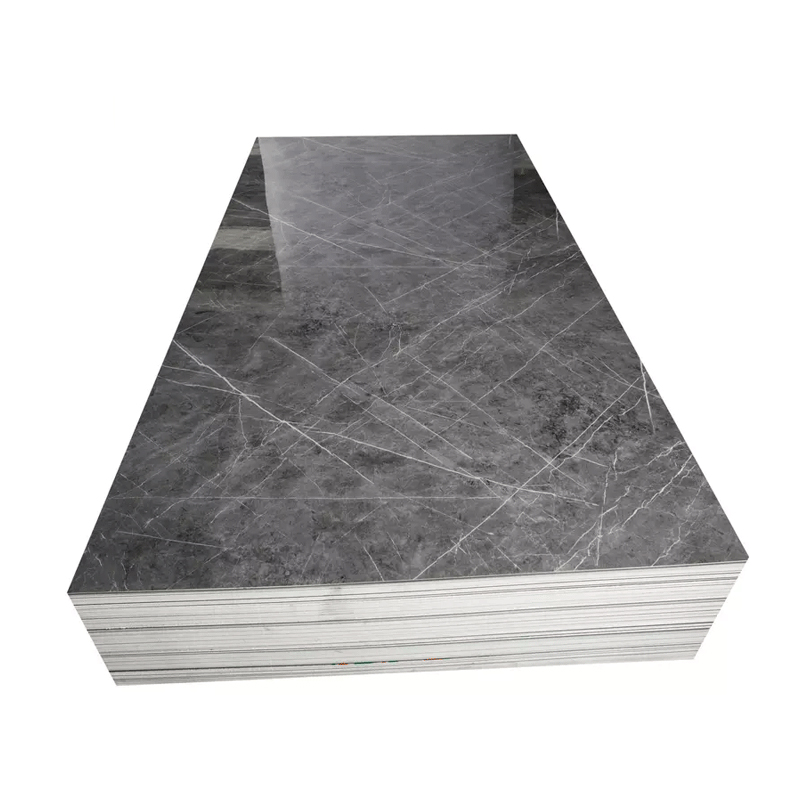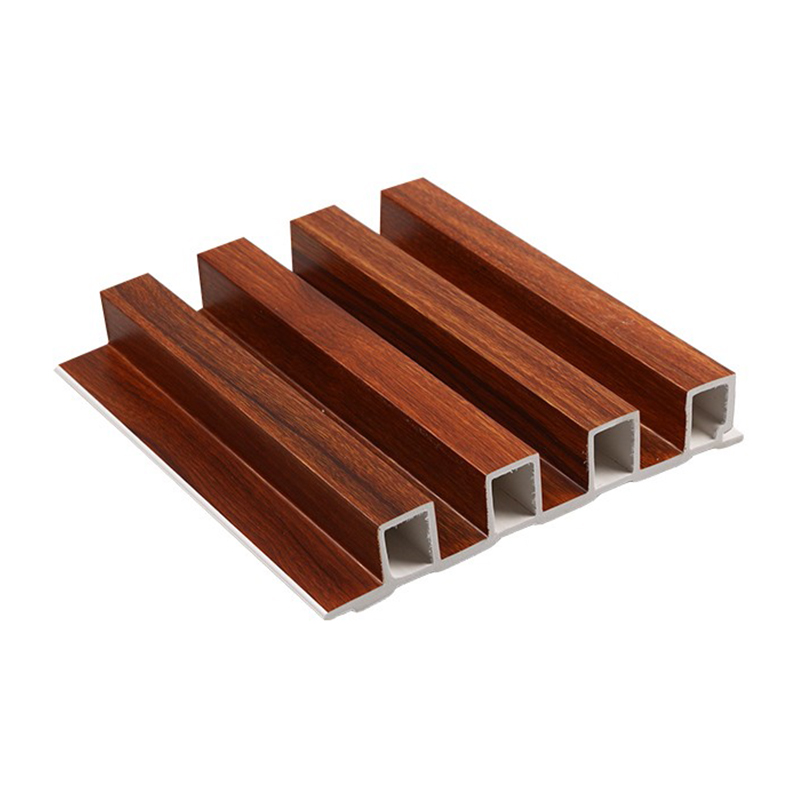Wainscoting is a design feature dating back several centuries. But it's come a long way since its traditional British origins as oak paneling.
Today, you can find this decorative element, which complements many décor styles, in a variety of materials and different areas of a home, such as the dining room or an entryway. Waterproof Wall Board

Touted as an easy DIY project, wainscoting is a relatively cost-effective way to dress up a bare wall with wood panels. From a rustic farmhouse home to one that is ultramodern, wainscoting fits in well. Let's look at how this simple wall panel became a go-to design component.
According to Merriam-Webster, the original definition of wainscot referred to "a fine grade of oak imported for woodwork," and it was a term used as early as the 14th century. By the late 1500s, it had become a verb meaning "to line with boards or paneling."
Etymologically, the word stems from the Middle Dutch or Middle Low German wagenschot, meaning something like "wagon partition," so titled possibly because the same wood had been used in the construction of wagons.
Today, the term "wainscot" — and the more common "wainscoting" — refers to a type of paneling used on the interior of a space that covers the lower portion of the wall. While it has the protective function of adding a layer over the wall material and paint, the main purpose of the raised panels is to decorate a space.
Despite periods of heightened popularity, like the Arts & Crafts movement, wainscoting has never gone out of style, so it offers an accessible and time-tested option for adding more flair to a room.
"[Wainscoting is used] to break the wall space visually," says Bill Musso, president of Atlanta-based Musso Design Group. "It doesn't really have a function these days; it's more visual. Over the years, it's become more of a decorative thing."
Nevertheless, Musso explains that you can use wainscot to keep walls safe from damage and blemishes in heavy-traffic areas like entryways, stairways and hallways — just the types of places people are likely to bump or run their hands over the walls.
Think of children with sticky fingers, and you will understand the purpose of shielding your paint or wallpaper with this protective layer.
Chair rail molding and wainscoting are not the same thing, but they complement each other. In a dining room, for example, a wainscot cap, which is molding, may top the wall panels.
This cap molding can protect the walls from being banged up by chairs. Hence, the cap is typically referred to as a chair rail, although a chair rail can also float on the wall solo. You can add baseboard molding to the wainscoting panel to complete the look.
There are several types of wainscoting, including:
There is more to wainscoting than oak paneling. Musso explains that you can style it in traditional looks, like heavily carved panels adorned with Art Deco motifs, or go for a more linear and geometric aesthetic. Wainscoting's ability to morph with different design trends might have some hand in its long-lasting acceptance.
"In contemporary designs, it takes on a really clean, simple profile," Musso says. Not only can the façade offer a variety of styles from simple to ornate, the material also has now become more varied, too.
Other than solid wood, you can use medium-density fiberboard, plywood and more. Musso has used both metal and glass wainscoting in contemporary homes. You can even make some panels from elaborately shaped PVC.
Of course, beadboard wainscoting is a typical favorite, as is shiplap, which are long, wooden planks mounted horizontally. It's popular in farmhouse-style homes thanks to HGTV's "Fixer Upper" show with Chip and Joanna Gaines.
"There are so many different directions," Musso says. "Whatever you can think of, people are doing it. It used to be one thing, and now it can be many things."
Wainscoting does not require professional installation. If you decide to DIY it, it is a cost-effective way to add style to a room. "You do have to have some knowledge of cutting and installing," Musso says. The finished product looks like a panel attached directly to a wall, but there are several steps involved.
Similar to choosing cabinet door styles, selecting a more traditional type of wainscoting requires the choice between different types of panels — like raised, flat and overlay. Each wainscoting design includes multiple elements, such as various moldings, panels, rails and possibly stiles. You will apply these to the wall in the determined pattern.
Whether you plan to paint it or not, seal wood wainscoting back and front before you install it to help guard against issues with contraction and expansion. You can even apply wainscoting if your walls are out of plumb, but you will need to compensate for the lack of levelness during installation.
If you have an uneven wall surface, you can fix the issue with horizontal filler strips. Finally, for an undulating floor, determine the height of the chair rail by the floor's highest point and shim the baseboards.
If this all sounds like it's beyond your carpentry capabilities, wainscoting is available as ready-made panels. For example, a beginning DIYer can purchase wall cladding in sheets, MDF or even a light fiberboard that you can cut to size, Musso says.
"It's a lot easier than it used to be," he says. And when considering more contemporary designs, wainscot can be fashioned from all sorts of materials that may be less complicated to work with. He recommends checking out how-to videos on YouTube and renting a nail gun to make installation less demanding.
Throwing in the DIY towel in favor of hiring an installer will increase the cost of the project. But with an average cost of installing wainscoting in the thousands, it could still be a sensible and stylish investment for years to come.
This article was updated in conjunction with AI technology, then fact-checked and edited by a HowStuffWorks editor.
The French have their own type of wood paneling called boiserie, and not surprisingly considering its 18th-century popularity, it's often ornately carved.

Pvc Cladding Sheets Please copy/paste the following text to properly cite this HowStuffWorks.com article: